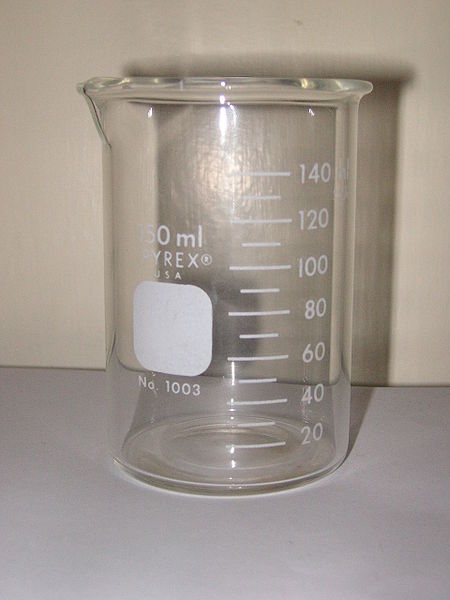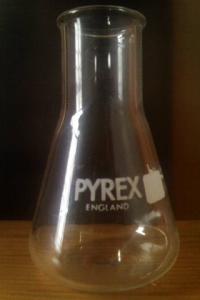Skip over navigation
Pictures
http://commons.wikimedia.org/wiki/File:Becher-pyrex-150mL.jpg
http://commons.wikimedia.org/wiki/File:Pyrex_Conical_Flask.jpg
http://commons.wikimedia.org/wiki/File:Pint_glass_300x509.jpg
http://commons.wikimedia.org/wiki/File:Volumetric_flask_hg.jpg
Thanks to Euan Willder for the pictures of the Boiling Tube and Round Bottomed Flask
Or search by topic
Number and algebra
Geometry and measure
Probability and statistics
Working mathematically
Advanced mathematics
For younger learners
Fill Me Up
Age 11 to 14
Challenge Level 





Below are some images of containers. Imagine you put them under a steady stream of water.
What would the graphs look like if you plotted the height of the water level against the volume of water as the containers fill up?
Draw a sketch graph for each container. You will need to consider which portions of each graph will be straight and which will be curved. Can you suggest suitable units and scales for the axes?
|
Beaker
 |
Conical flask
 |
|
Boiling tube
 |
Round-bottomed flask
 |
|
Pint glass
 |
Volumetric flask
 |
Once you have sketched the graphs, you might like to plot the graphs by collecting some data.
One way to do this is to collect suitable containers, add water in fixed amounts and measure the height at each stage. Do your experimental graphs match your sketches?
Pictures
http://commons.wikimedia.org/wiki/File:Becher-pyrex-150mL.jpg
http://commons.wikimedia.org/wiki/File:Pyrex_Conical_Flask.jpg
http://commons.wikimedia.org/wiki/File:Pint_glass_300x509.jpg
http://commons.wikimedia.org/wiki/File:Volumetric_flask_hg.jpg
Thanks to Euan Willder for the pictures of the Boiling Tube and Round Bottomed Flask

